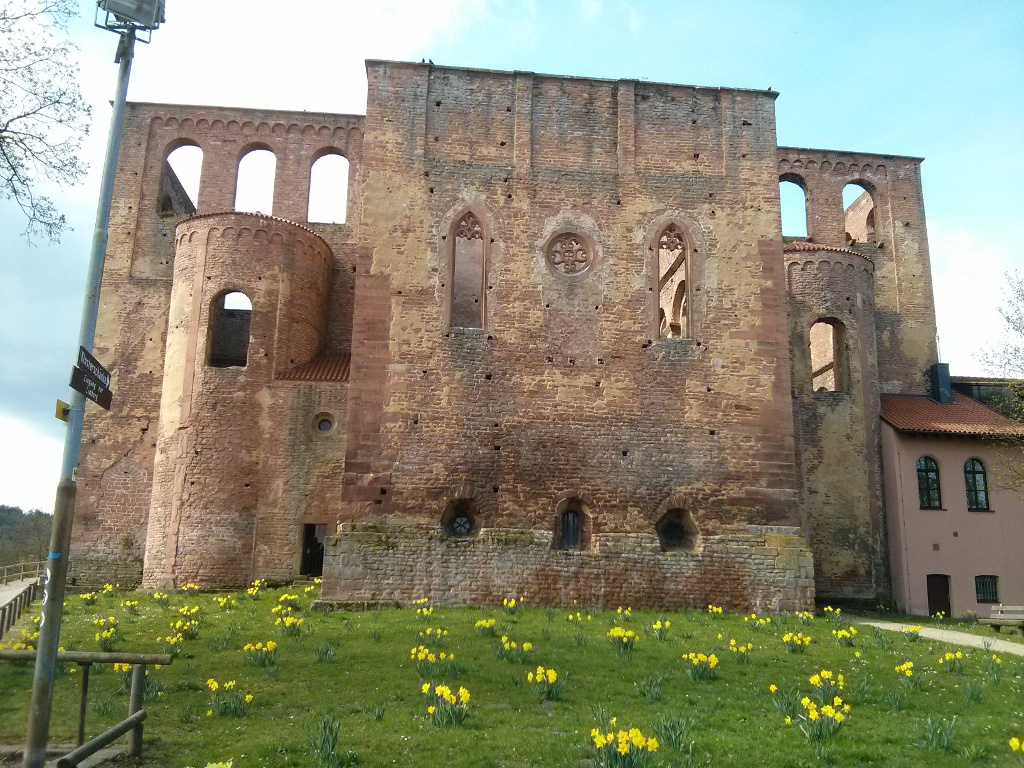
Our environment
The Palatinate
The Palatinate is located in the southwest of Germany not far from the French border and has a size of approximately 5400 km².
The Palatinate attracts visitors with its many scenic attractions. You will also find many traces from the past. The German emperors loved the Palatinate and left many traces behind.
A popular destination in this regard is the Imperial Cathedral in Speyer.
In the Palatinate, a carefree joie de vivre and the desire to enjoy life. The “Palatinate people” value good wine, balanced and tasty cuisine and regional specialties. All of this is easy in the Palatinate, as the Palatinate has a southern climate (approx. 2000 hours of sunshine per year). The Palatinate is also called the “vegetable garden” of Germany (e.g. asparagus, strawberries, kiwis, figs, melons, apples, radishes, lettuce and lemons). The Palatinate is also one of the most important German wine-growing regions.
A visit to the numerous restaurants and wineries is always worthwhile.in Besuch bei den vielzähligen Restaurants und Winzer ist durchaus lohnenswert.
Hambach Castle

Hambach Castle, the cradle of German democracy. Built as a castle in the Middle Ages and redesigned as a palace in modern times. In 1832, the castle ruins became the scene of early democratic efforts on German soil during the six-day “National Festival of the Germans” (27 May to 1 June), attended by around 25,000 people.
Speyer imperial Cathedral

City center with the main shopping street and the Speyer Cathedral in the background.
To find out more about the cathedral, here is a link to experience the DOM virtually:
Limburg monastery ruins

Limburg Monastery Ruins.
The monastery was built at the same time as Speyer Cathedral. An important decision that still affects us today was the establishment of Advent with its four Sundays on December 3, 1038 by a synod of Limburg Monastery and at the instigation of the Holy Roman Emperor, and this is still in effect today.
